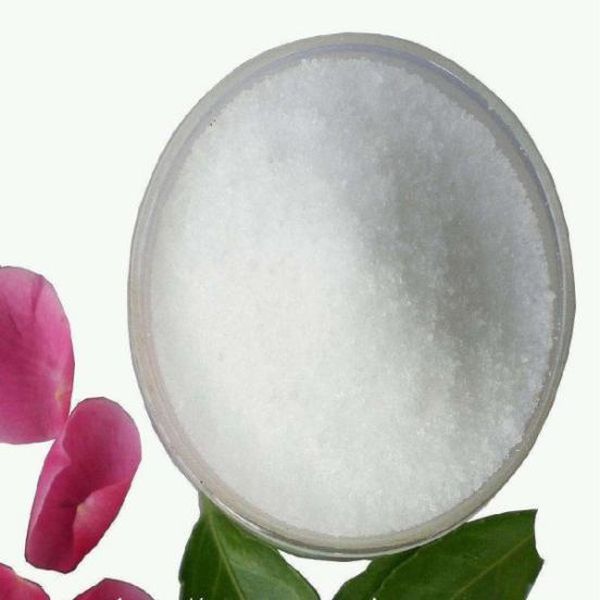Aspartic acid, also known as L-aspartate, is a non-essential amino acid, which is used to promote a robust metabolism. Aspartic acid plays a role in the citric acid cycle, or Krebs cycle, during which other amino acids and biochemicals, such as asparagine, arginine, lysine, methionine, threonine, and isoleucine, are synthesized.
Aspartic acid is used as a treatment for chronic fatigue due to the role it plays in generating cellular energy. Aspartic acid moves the coenzyme nicotinamide adenine dinucleotide (NADH) molecules from the main body of the cell to its mitochondria, where it is used to generate adenosine triphosphate (ATP); the fuel that powers cellular activity.
Aspartic acid helps transport minerals needed to form healthy RNA and DNA to the cells, and strengthens the immune system by promoting increased production of immunoglobulins and antibodies (immune system proteins). Aspartic acid increases NADH in the brain and removes excess toxins from the cells.
All amino acids have three of the same groups bonded to a central carbon: a “COOH” group, an “NH3″ group and a hydrogen. They also each have a distinct sidechain; aspartic acid’s is “CH2COOH.” The reason for the “L” in front of aspartic acid’s name is that technically, aspartic acid — like most of the other amino acids — is asymmetric, and exists in two mirror-image forms. Only one form, denoted by the L, occurs naturally in proteins, however.
1. As electrolyte supplement for amino acid infusion, potassium, calcium and other inorganic ion supplements, fatigue recovery agent.Aspartic acid potassium magnesium injection or oral solution, used for arrhythmia, premature beat, tachycardia, low blood potassium, low blood magnesium, heart failure, myocardial infarction, angina pectoris, hepatitis, cirrhosis and other diseases caused by strong glycoside poisoning.This product is of low toxicity and should not be injected without dilution. It should be used with caution in patients with renal insufficiency and atrioventricular block.
2.It can be used as ammonia antidotes, liver function promotor, fatigue recovery agent and other medical drugs, it can be used as l-aspartate sodium food additives and a variety of additives for cool drinks, it can also be used as biochemical reagents, media and organic synthesis intermediates.
3.Used for synthetic sweeteners, medicine used in the treatment of heart disease, as a liver function enhancer, ammonia antidote, fatigue relief agent and amino acid infusion components.
4.Nutrition supplements, adjust the smell of the agent.Added to a variety of refreshing beverages.Medically used as ammonia antidote, liver function promoter, fatigue recovery agent.
5.For biochemical research, as a fatigue recovery agent, ammonia antidotes, clinical diagnostic drugs.
The preparation of L-aspartic acid includes synthesis and fermentation.
1.The synthesis method is mainly based on maleic acid or fumaric acid or their esters as raw materials, under pressure with ammonia treatment, and then hydrolysis.Racemic aspartic acid can be synthesized easily, but there is no ideal method to separate racemates.
2.Under the action of enzyme, fumaric acid and ammonia can be added by fermentation, and the product can be obtained in high yield.It is the main method of industrial production because of its high yield and only sinistral body.
Post time: Apr-03-2020
